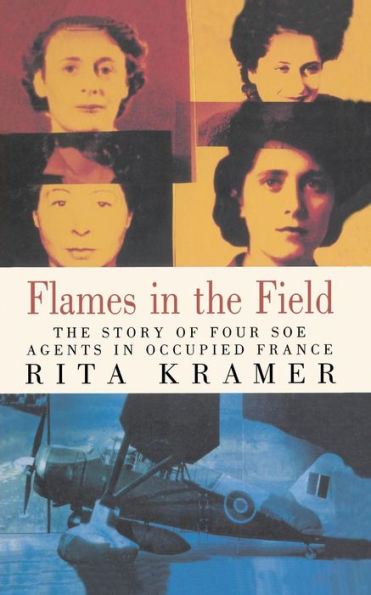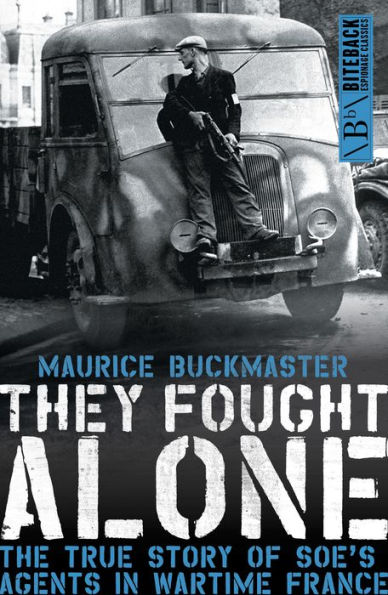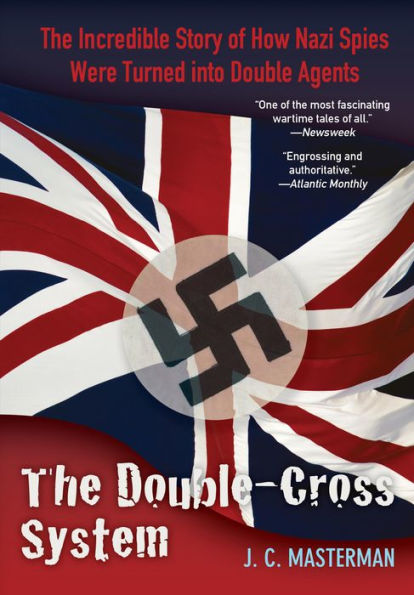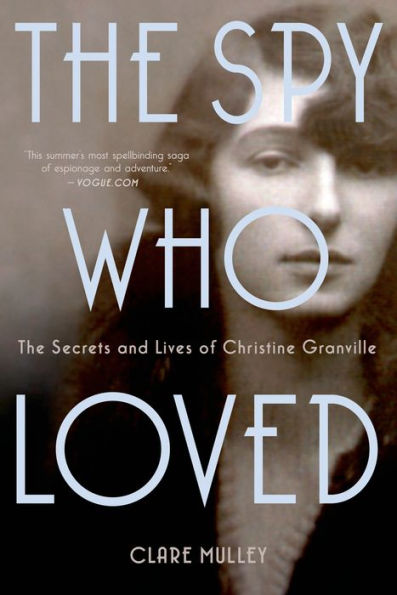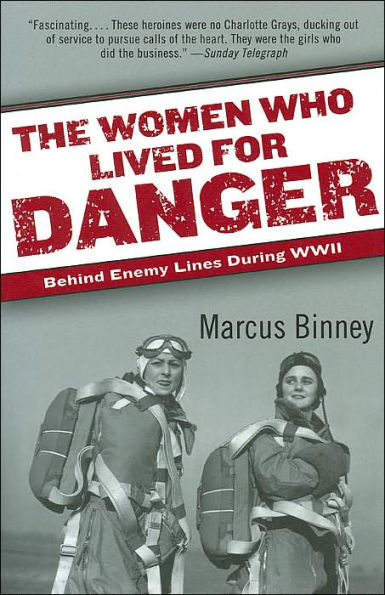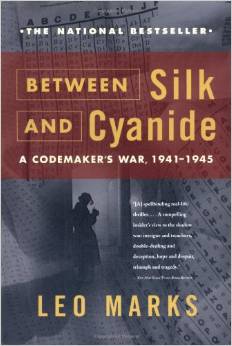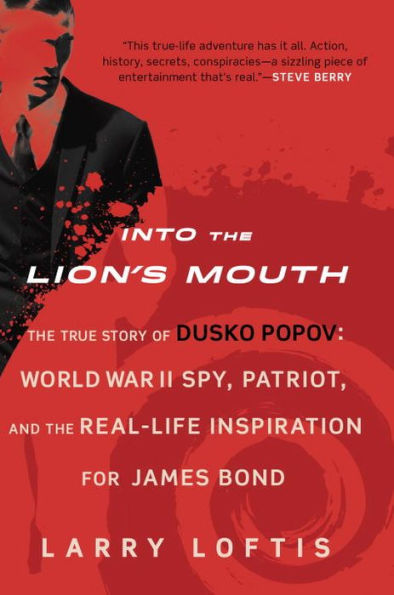Up close and personal with history’s best spies and spymasters. What’s it like to be a spy during wartime? Or, better yet, a spymaster running the show? These books give you a bird’s-eye view of the harrowing life of a spy, or the travails of a spymaster, from the greatest era of espionage—World War II.

7 Real-Life Spy Stories for People Obsessed with John le Carré
Almost one in two—42 percent, to be exact. That was the fatality rate of female Special Operations Executive (SOE) agents operating in occupied France. FLAMES IN THE FIELD highlights the work of four brave women—Vera Leigh, Diana Rowden, Andrée Borrel, and Sonya Olschanezky—who were in that 42 percent. All were executed by the SS at the Struthhof-Natzweiler concentration camp. Have tissues handy.
As head of SOE's F Section, Major (and later, Colonel) Maurice Buckmaster supervised more than four hundred agents in France. It was a daunting task (eighteen hour days was his norm), and his decisions directly affected whether some agents lived or died. The chart at the end of the book (revealing the names, code names, duties, and outcomes of all 424 Section F agents) should be close at hand for any student of SOE operations.
Dr. J. C. Masterman was a highly regarded Oxford professor (later Vice-Chancellor) when he chaired the Double-Cross (XX, or Twenty) Committee, which supervised MI5's double agents. Among the celebrated spies he helped run were Dusko Popov (TRICYCLE), Juan Pujol (GARBO), and Roman Garby-Czerniawski (BRUTUS), Britain's three best double agents. Written during July to September 1945 as a summary of his committee's work, THE DOUBLE-CROSS SYSTEM had never been intended for publication. Many years later, in 1972, Masterman published it with Yale University—Official Secrets Act be damned.
Imagine, if you will, a female version of James Bond: gorgeous, charming, seductive, deadly. Now open your eyes. Her name was Christine Granville, and she was one of WWII's most decorated operatives. If you're looking for a story with a real femme fatale, complete with lovers, intrigue, high-stakes espionage, and murder, this one's for you.
Like Rita Kramer's book, this one provides a summary of the stories of various female spies, only this one has more—ten—and includes four of the most famous agents: Virginia Hall, Christine Granville, Noor Inayat Khan, and Violette Szabo. (Khan and Szabo posthumously received the George Cross.)
Marks was Britain's chief cryptographer, and he trained agents to transmit and receive coded messages from the field. The labyrinthine formulas he created are fascinating (poem codes are his specialty), and his wit matches the best professional comedians. The book is extremely well-written and is the most famous on this list. Not surprisingly, Marks became an accomplished Hollywood screenwriter after the war.
In 1942, Leo Marks left his father's famous bookshop, 84 Charing Cross Road, and went off to fight the war. He was twenty-two. Soon recognized as a cryptographer of genius, he became head of communications at the Special Operations Executive (SOE), where he revolutionized the codemaking techniques of the Allies and trained some of the most famous agents dropped into occupied Europe, including "the White Rabbit" and Violette Szabo. As a top codemaker, Marks had a unique perspective on one of the most fascinating and, until now, little-known aspects of the Second World War.
Full disclosure: I’m not just a fan of spy books, I write them, too…and the subject of my book INTO THE LION’S MOUTH is so compelling, I had to share his story with you. Without question the greatest spy of WWII—and perhaps history—was Dusko Popov. He had more actual sub-agents (8), was involved in more operations (10), and accomplished more (warning the FBI in August 1941 about the planned Pearl Harbor attack, deceiving the Germans about D-Day, and fleecing the Abwehr into funding MI5's entire war budget, among other things) than any other agent. For four years he lived five lives: German spy, British counter-spy, import/export businessman, Yugoslav diplomat, and international playboy. It should come as no surprise that he inspired Ian Fleming's James Bond.

